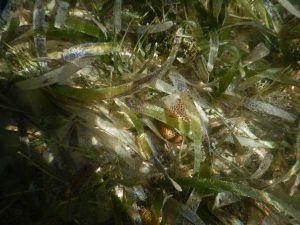Man do I regret not bringing a hat. Can’t wait for my mom to see my burnt forehead and all the bug bites that I have accumulated. I wish I brought more bug spray with me. I feel like I would have less bug bites, but then again nothing can stop those sand flies. Unless you have baby oil, so future TFB’s, If you are reading this, bring a hat, lots of bug spray, sunscreen, and lots and lots of baby oil. Trust me. That is all you need to survive. Sorry mom.
I do miss civilization, but more importantly, internet. Staying here at Glover’s and Belize in general has definitely opened my perspective on way to save energy, and how I take lots of things for granted. I will take shorter showers and minimize the use of power as much as possible to conserve energy, and just appreciate the things/materials I have. “Give energy saving a helping hand” reads a poster in our dorm, and that is something we should do more back home.
I will never stop talking about the food here in Belize. It’s like how can you not talk about it! Breakfast we had fried jacks with fruit. It is crazy how many different types of bread Belize has and the only bread that I’m costumed to is biscuits. Lunch we had hotdogs and the buns were handmade! Dinner we had curry chicken, rice, salad, and grapefruit juice. Pretty good.
Saw a yellow sting ray, lobsters, nerf shark, many lobsters, and lots of Christmas tree worms at the fore reef! Lots of them all bunched up together, and it was very memorizing scene. I hope to see more feather dusters tomorrow, but apparently Pierce saw a lot and maybe I am just blind? See you guys tomorrow!
Picture: Sorry not sorry mom?






